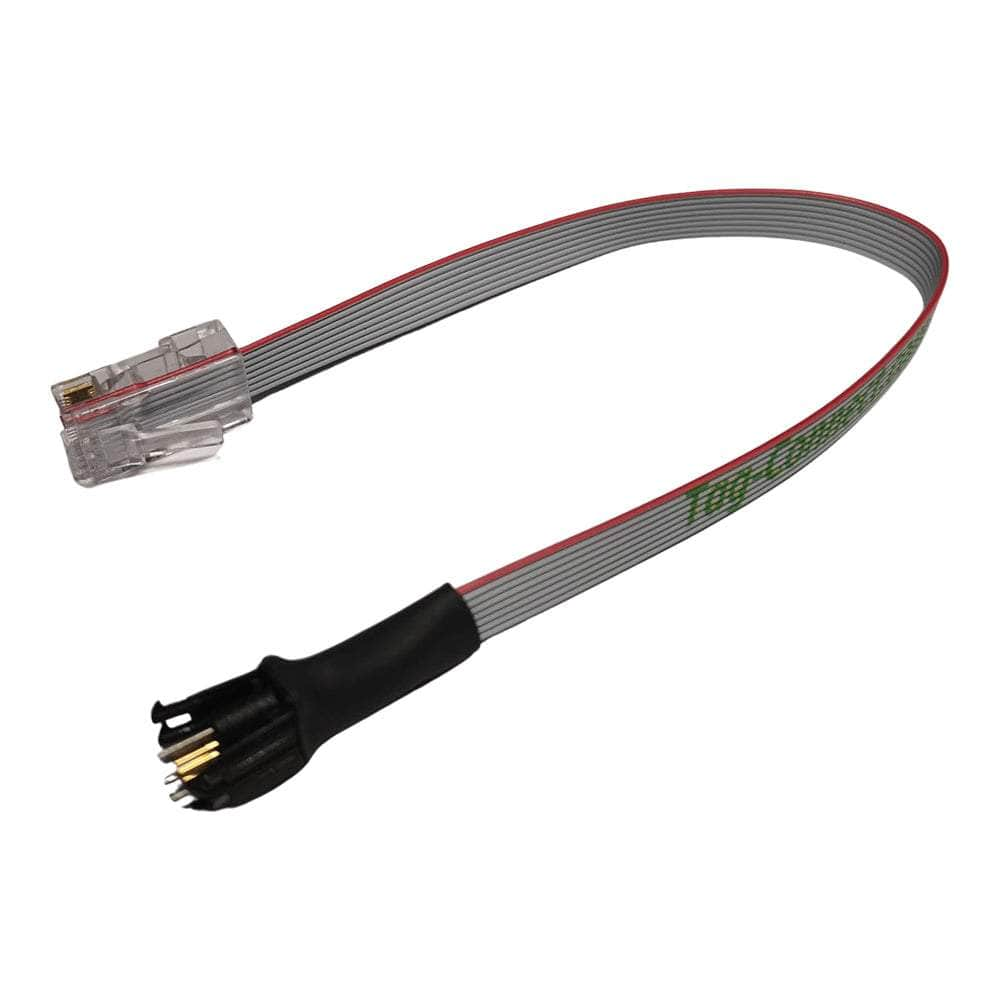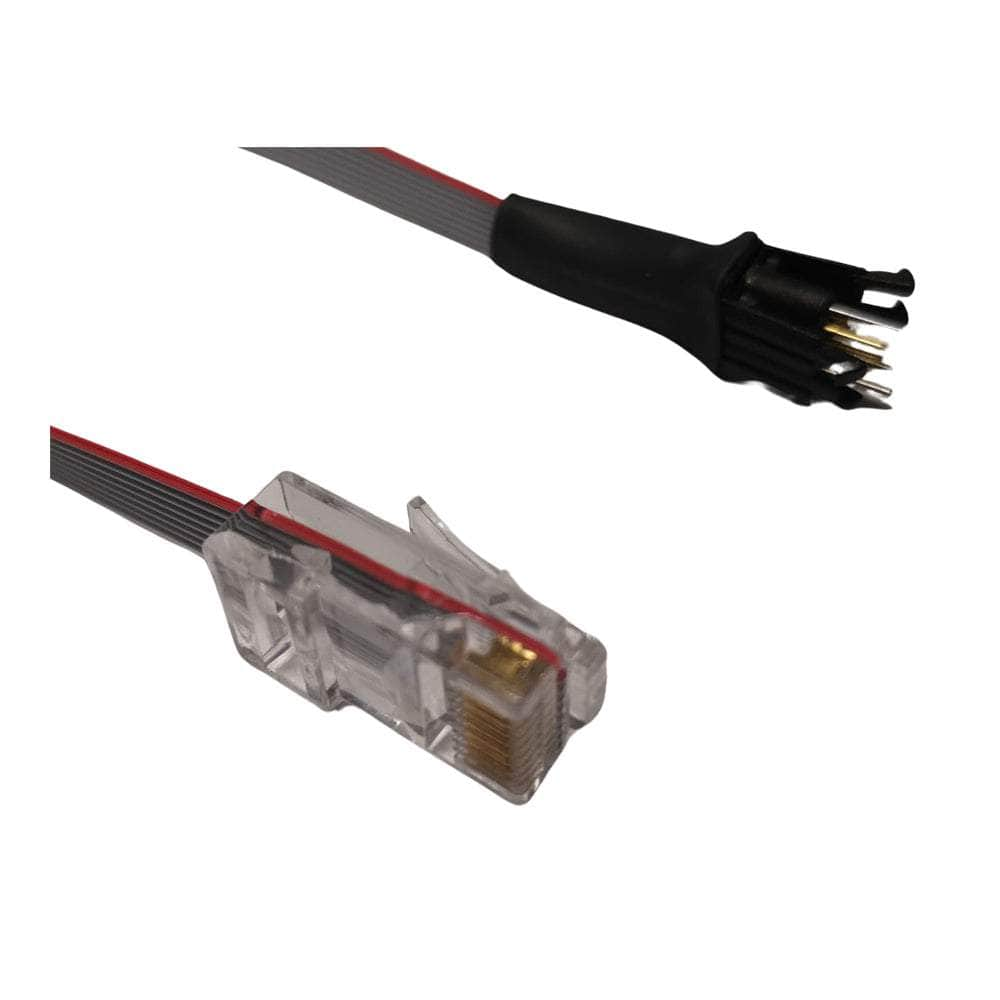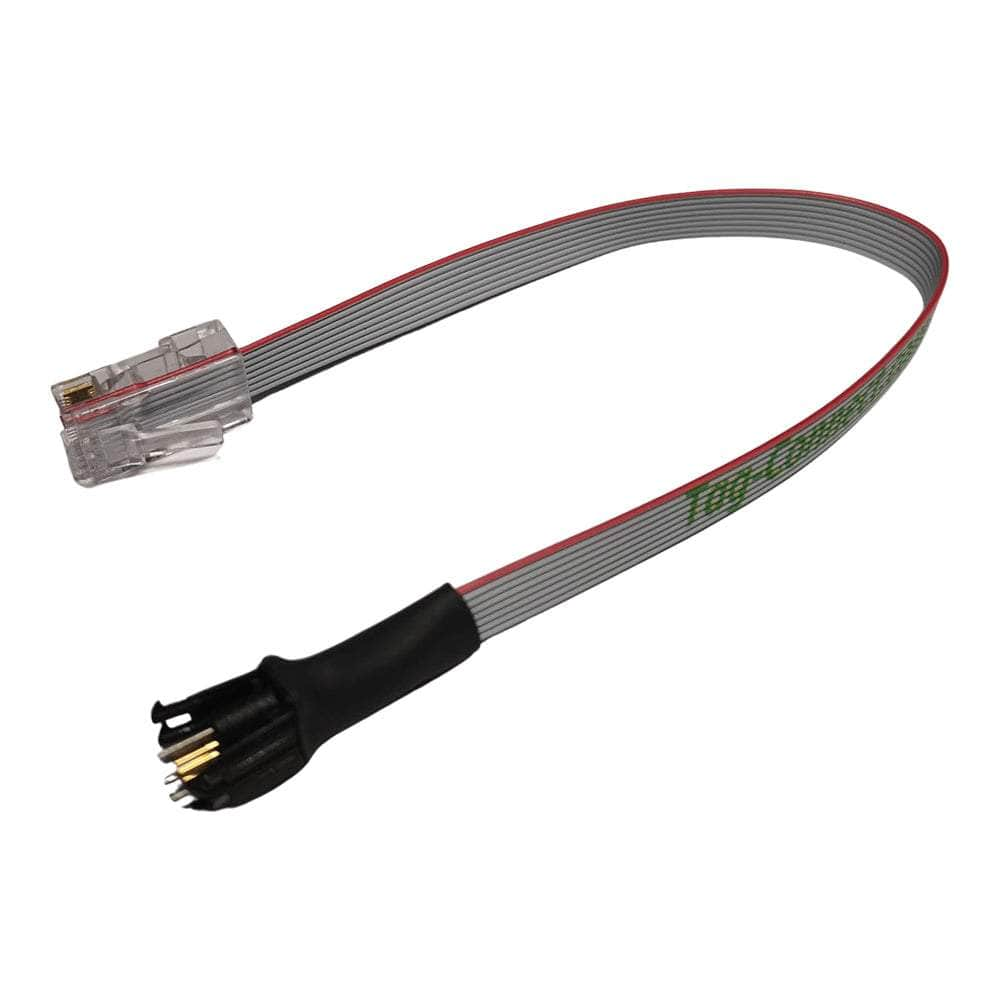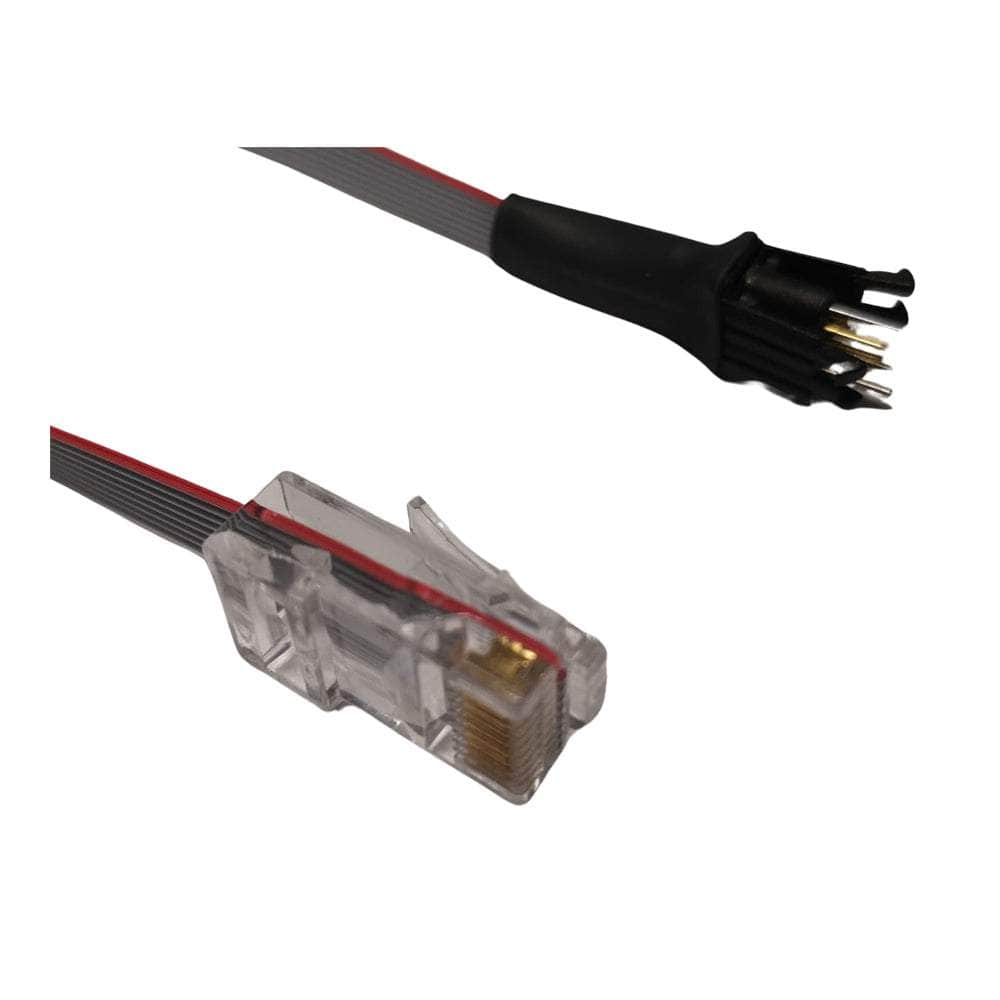

Key Features
Overview
The Tag‑Connect TC2030‑MCP‑SWD brings ARM Cortex/SAM SWD signals to the tiny TC2030 footprint, combining a legged, self‑retained plug‑of‑nails on the target with a Microchip‑style modular plug on the host side for debuggers that support SWD, streamlining bring‑up and production without any PCB header.
Engineers standardise on the TC2030 SWD pin map (VTref, SWDIO, nRESET, SWCLK, GND, SWO) so the same footprint works with alternative host adapters like the TC2030‑CTX family when a 10‑pin Cortex ribbon is required, reducing variants and documentation overhead.
Explore the Tag‑Connect range and accessories in the Debug Store Tag‑Connect catalogue for matching clips, no‑legs variants, and Cortex adapters: https://thedebugstore.com/collections/tag-connect-catalogue
Downloads
Why Engineers Choose The Tag-Connect TC2030-MCP-SWD Plug-of-Nails SWD Cable
Minimal footprint
Hands‑free debugging
One footprint, many hosts
What it is
The Tag-Connect TC2030-MCP-SWD is a 6‑pin plug‑of‑nails cable with self‑retaining legs that mates to the tiny TC2030 footprint on the target PCB and routes Serial Wire Debug (SWD) signals to Microchip debuggers that use a modular jack, enabling fast, reliable ARM Cortex/Microchip SAM programming and debugging without any mated header on the board.
Where it fits in the range
Use this cable when a legged, self‑holding TC2030 is preferred for extended debug sessions and the host debugger expects a Microchip modular plug; for “no‑legs” production use, see the TC2030‑MCP‑SWD‑NL variant; for 10‑pin Cortex ribbon hosts, see the TC2030‑CTX family.
Target‑side pinout (TC2030 footprint)
| TC2030 Pin | Signal | Description |
|---|---|---|
| 1 | VTref | Target I/O reference (sense) |
| 2 | SWDIO | Serial Wire Data I/O |
| 3 | nRESET | System reset (active low) |
| 4 | SWCLK | Serial Wire Clock |
| 5 | GND | Ground (also GNDDetect) |
| 6 | SWO | Serial Wire Output (trace) |
Wiring quick‑start
- Place the TC2030‑MCP‑SWD on the target footprint aligning the three steel guides; press until the four legs snap into their holes and the pogo pins seat.
- Connect the modular plug end to the supported Microchip debugger interface or adapter designed for SWD use.
- Power the target or enable power‑through if supported; the host will sense VTref on pin 1.
- Start a debug session using SWD mode in MPLAB X (for SAM/ARM targets) or the appropriate toolchain.
Ready‑to‑run examples
MPLAB X SWD session (SAM device)
# MPLAB X: Project Properties → Hardware Tools → Select ICD4/RealICE # Set Interface: SWD # Power: Target Powered (VTref sensed via Pin 1) # Launch Debug/Program pyOCD (CMSIS‑DAP host via SWD)
# Example with an external CMSIS-DAP bridge on the same TC2030 footprint pyocd flash --target stm32f411xe build/app.bin pyocd gdbserver --target atsamd51p20 Mechanical and lifecycle
- Legged, self‑retaining design for hands‑free sessions.
- High‑reliability spring pins rated for repeated insertions.
- Tiny footprint (~0.02 in²) saves BOM and PCB area versus headers.
Compatibility notes
- Target side: TC2030 SWD footprint (6 pads + 3 guides + 4 leg holes).
- Host side: Microchip modular‑plug SWD solutions designed for ARM/SAM devices.
- If the host expects a 10‑pin Cortex ribbon, use TC2030‑CTX (same target pinout).
Engineering search terms
- tag‑connect tc2030 swd
- tc2030 mcp swd cable
- arm cortex swd tag‑connect
- microchip icd4 swd cable
- sam swd pogo cable
- tc2030 pinout swd
Competitors and commentary
- 10‑pin Cortex SWD ribbon and needle‑adapters: larger footprint and added BOM/connectors.
- Bed‑of‑nails fixtures: high throughput but costly and not handheld‑friendly for bring‑up.
- Tag‑Connect advantage: no mated connector, tiny footprint, self‑retention, proven reliability for both dev and production.
| General Information | |
|---|---|
Part Number (SKU) |
TC2030-MCP-SWD
|
Manufacturer |
|
| Physical and Mechanical | |
Weight |
0.1 kg
|
| Other | |
Warranty |
|
HS Code Customs Tariff code
|
|
EAN |
5055383619665
|
Frequently Asked Questions
Have a Question?
-
What’s the target-side pinout?
Pin 1 VTref, 2 SWDIO, 3 nRESET, 4 SWCLK, 5 GND, 6 SWO; this matches the TC2030‑CTX SWD convention.
-
Do I need SWO connected?
No; SWO is optional for trace/ITM; basic SWD debug/program works with VTref, SWDIO, SWCLK, GND, and nRESET.
-
What’s the difference between TC2030‑MCP‑SWD and TC2030‑MCP?
TC2030-MCP-SWD is wired for ARM/SAM SWD signals on the TC2030 footprint, whereas TC2030-MCP is for Microchip PIC ICSP; the target footprints can be identical, but the host/usage differs.


